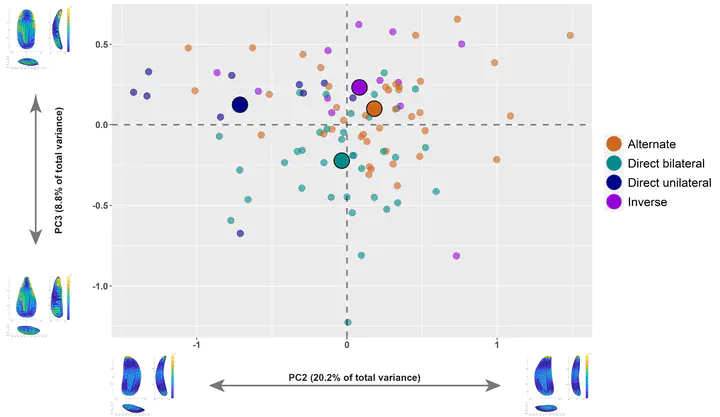The contribution of integrated 3D model analysis to Protoaurignacian stone tool design

Abstract
Protoaurignacian foragers relied heavily on the production and use of bladelets. Technotypological studies of these implements have provided insights into crucial aspects of cultural variability. However, new technologies have seldom been used to quantify patterns of stone tool design. Taking advantage of a new scanning protocol and open-source software, we conduct the first 3D analysis of a Protoaurignacian assemblage, focusing on the selection and modification of blades and bladelets. We study a large dataset of complete blanks and retouched tools from the early Protoaurignacian assemblage at Fumane Cave in northeastern Italy. Our main goal is to validate and refine previous techno-typological considerations employing a 3D geometric morphometrics approach complemented by 2D analysis of cross-section outlines and computation of retouch angle. The encouraging results show the merits of the proposed integrated approach and confirm that bladelets were the main focus of stone knapping at the site. Among modified bladelets, various retouching techniques were applied to achieve specific shape objectives. We suggest that the variability observed among retouched bladelets relates to the design of multi-part artifacts that need to be further explored via renewed experimental and functional studies.